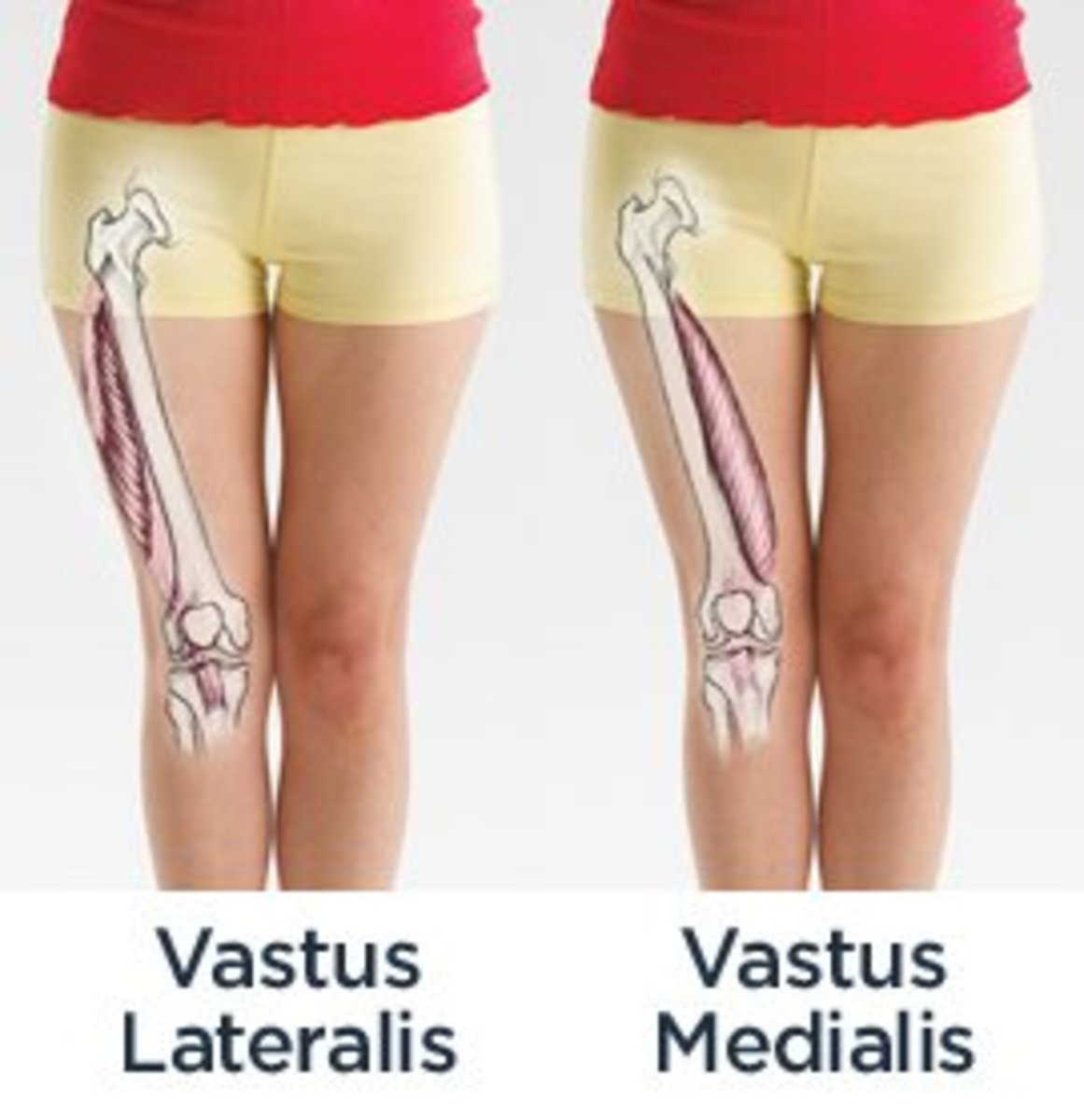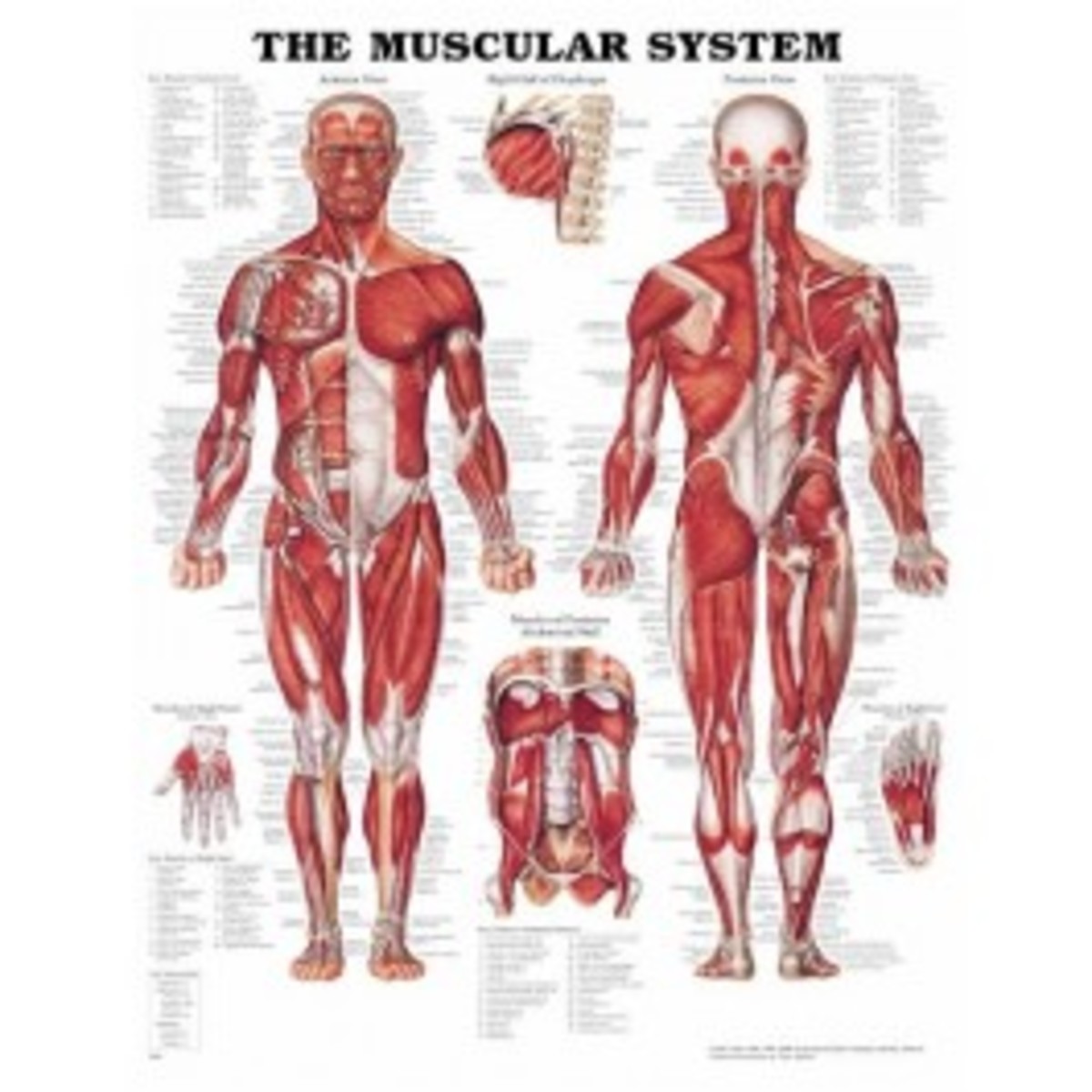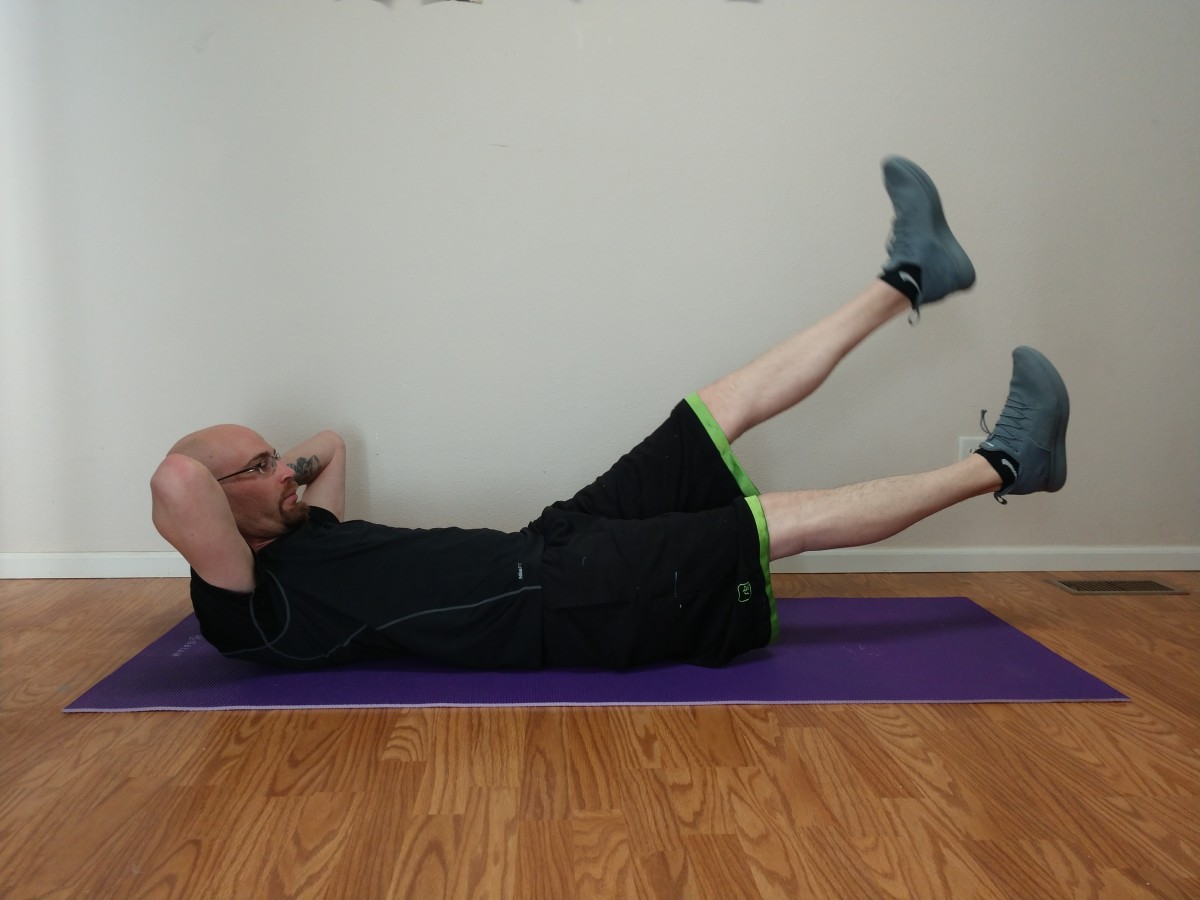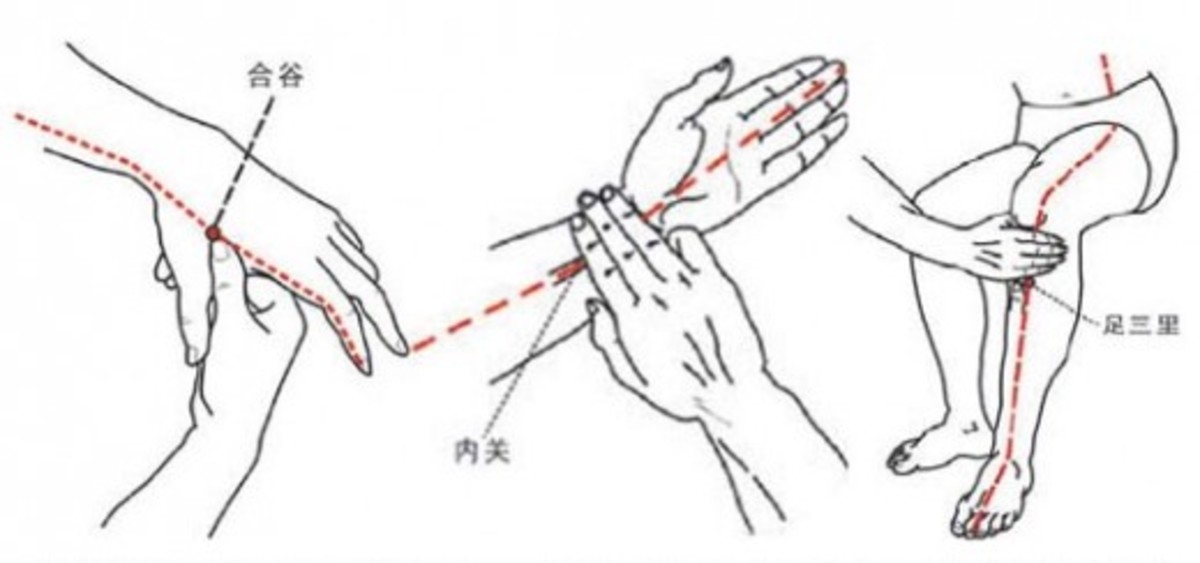A Deeper Look Into Addressing Muscle Issues
What is a muscle issue and what are some of the muscle issues?
A muscle issue is a problem or challenge faced by someone related to a muscle being not at its natural optimal state in various aspects. These aspects include length, tonicity (or, just tightness), motor activity (or, just activity) and sensory receptivity (or, just sensitivity).
In the aspect of length, a muscle issue can either be too long or short. This results in either being prone to injury from over reaching into a range of motion that is unstable or being prone to compensations from restricted range of motion respectively.
In the aspect of tightness, a muscle issue can either be tight or loose. This results in either being tense in a muscle despite not exerting hard or being relaxed in a muscle despite trying hard to exert it respectively, contributing to compensations in both cases.
In the aspect of activity, a muscle issue can either be overactive or passive. This results in being prone to either over-using a muscle or under-using it respectively in movement, contributing to compensations.
In the aspect of sensitivity, a muscle issue can either be sensitive or unresponsive. This results in being prone to either experiencing discomforts and pains, contributing to compensations, or missing out on discomforts and pains, contributing to overuse injuries, respectively.
Muscle Issues overview
Length
| Tightness
| Activity
| Sensitivity
|
|---|---|---|---|
Long
| Tight
| Overactive
| Sensitive
|
Short
| Loose
| Passive
| Unresponsive
|
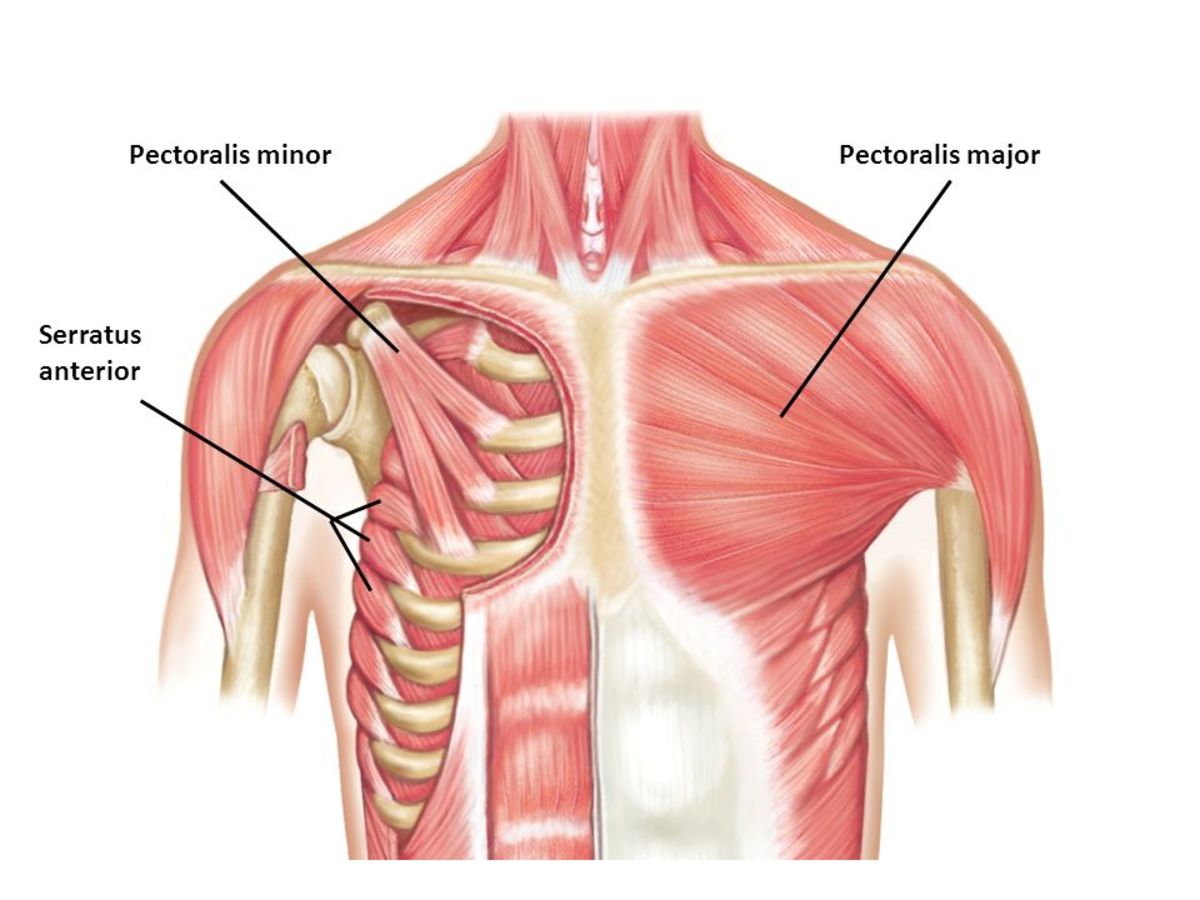
Concerns of a major Muscle Issue
When the extent of a muscle issue is big, problems like muscle imbalances, compensations and injuries are likely to occur.
Overtime, compensations can spread to other body parts, leading to more imbalances and issues, potentially causing a vicious cycle of injuries and chronic pain.

Common Misconceptions of Muscle Issues
It is very common for people to confuse the above aspects of muscle issues due to how everything is inter-related and thus one aspect in a muscle would result in another aspect in another muscle. Two common ones are overactive muscles being definitely short and tight and passive muscles being definitely long and loose. That is not always true. A muscle that is overactive usually end up being shortened and tensed, leading to it being short and tight. A muscle that is passive usually end up being stretched and relaxed, leading to it being long and loose.
However, there are exceptions to the above two common scenarios due to presence of muscle spindles and golgi tendon organs. There are also other ways the various aspects of muscles affect one another.
For example, a muscle that is tight would be hard to stretch out during movement, causing it to become short. A muscle that is long would not be easily stretched to a point where there is tension, leading to it being loose. A muscle that is long for prolonged periods of time would end up being tight due to chronic activation of muscle spindle, a component that tenses a muscle to prevent it from overstretching.
A muscle that is sensitive would cause discomfort in exerting it, causing it to become passive. A muscle that is overactive would be working so hard that the rush of endorphins would nullify the pain, leading to it being unresponsive to external stimulus. A muscle that is overactive for prolonged periods of time would end up being passive due to chronic activation of golgi tendon organ, a component that inhibits a muscle to prevent it from over-exerting.
Muscle Spindle
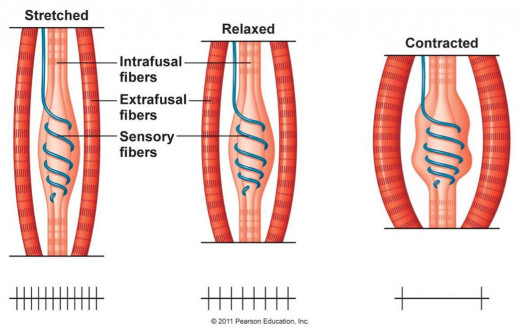
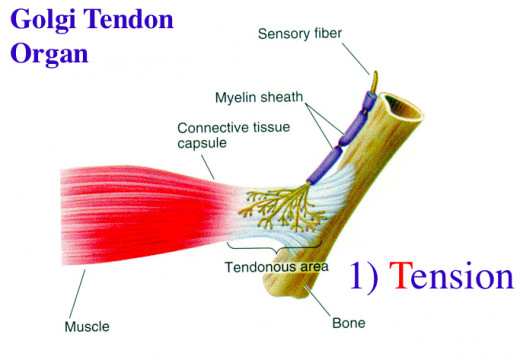
What causes muscle issues?
There are many different factors contributing to muscle issues. The common ones people heard about are prolonged sitting, slouching and lack of physical activity. Beyond those, past traumas, both physical and psychological, can result in these too.
In the case of physical trauma, the body's sensory receptors can be hyper-receptive, causing large pain signals and hypersensitivity to prevent re-injury. This should go away upon recovery, but sometimes take longer than it should as a way of the body protecting itself.
In the case of psychological trauma, the mind gets subconsciously reminded of uneventful incidences, triggering compensatory movement patterns causing and reinforcing a muscle issue.
Overcoming muscle issues
There are different ways to overcome muscle issues. Common methods include stretching, massaging (includes self-myofascial release), activating and body receptors adjustments.
Stretching works especially well on overcoming long and short muscles. Usually, stretching the muscles that are short and the antagonists of those that are long are helpful. Types of stretch can include passive static stretch (relaxed stretching, typical light stretching done as part of a warm up), active static stretch (weighted/resistance stretching, common in yoga, pilates and gymnastic strength training) and dynamic stretch (movement into the stretch).
Massaging works especially well on overcoming tight and lose muscles. Usually, massaging along the direction of muscle fibres can be used to overcome tight muscles and across the direction of muscle fibres can be used to overcome loose muscles.
Activating works especially well on overcoming overactive and passive muscles. Usually, activating the muscles that are passive and the antagonists of those that are overactive. Ways to activate can be as simply as isometric contracting the relevant muscles isometrically or with movements, reciprocal inhibition with trigenics, and stimulating meridian points and reflex points.
Body receptors adjustments work especially well on sensitive and unresponsive muscles. This involve the use of correct intensity (common ones are small light, light, and firm) of physical touch to provide an optimal stimulus to reset the muscles' sensory receptors back to its original state. The implementation of this concept in manual therapy is extensively used in the Proprioceptive Deep Tendon Reflex (PDTR) system.
All the above mentioned ways may be helpful in overcoming all muscle issues, not just on the ones that would "work especially well".
Explanation and Demonstration of Trigenics
Overcome Muscle Issues overview
Stretch
| Massage
| Activate
| Body Receptor Adjustment
|
|---|---|---|---|
Passive static
| Along fibre direction
| Isometric/Movement contraction
| Small light touch
|
Active static
| Across fibre direction
| Trigenics
| Light touch
|
Dynamic
| Acupressure/Reflex points
| Firm touch
|
Conclusion
To conclude, everyone has very high chances of having muscle issues due to the nature of us gravitating towards certain movement patterns. Most of the muscle issues faced by everyone would be mild, resulting in the daily minor aches and pains. However, in the event of sever cases, someone can end up being compensated, getting injured or trapped in a chronic pain vicious cycle.
Among the four different aspects of muscle issues, length, tightness, activity and sensitivity, which one do you think apply to you the most? Share with me in the comments below!
Pain relief by Addressing Muscle Issues
I do work closely with individuals to relief chronic and recurring pain by addressing muscle issues as part of a holistic pain solution illustrated in my other article "Permanent Relief From Recurring Pain".
Addressing muscle issues often allows muscle imbalances to be addressed as well. Muscle imbalances are illustrated in my other article "A Deeper Look Into Muscle Imbalances".
Contact me for more information if you are looking to address muscle issues, imbalances or overcome ongoing pain!

